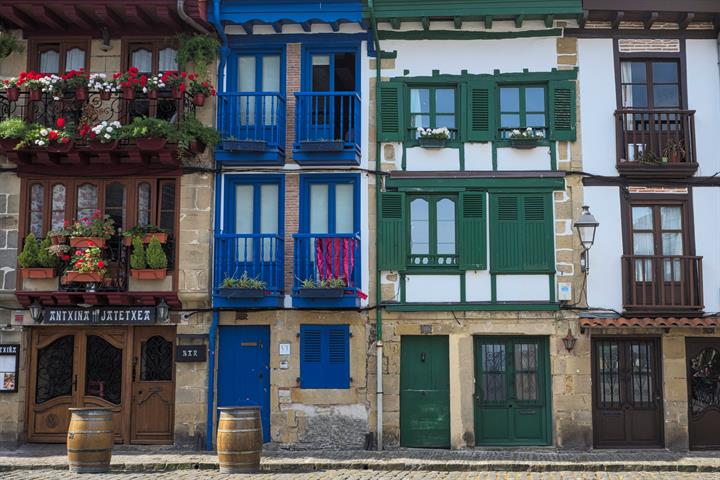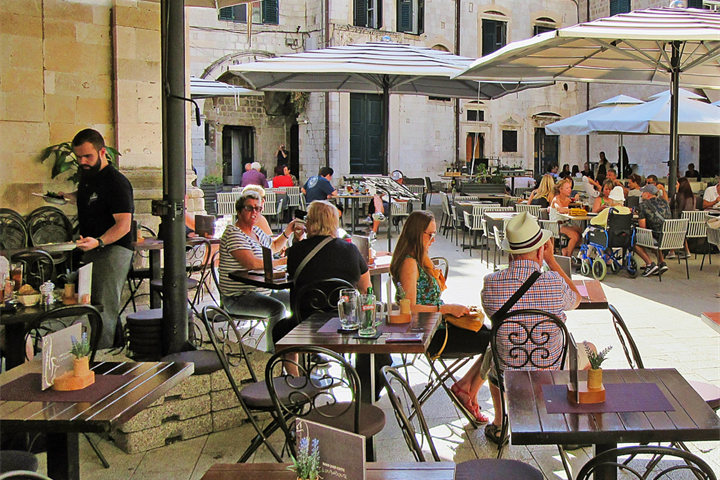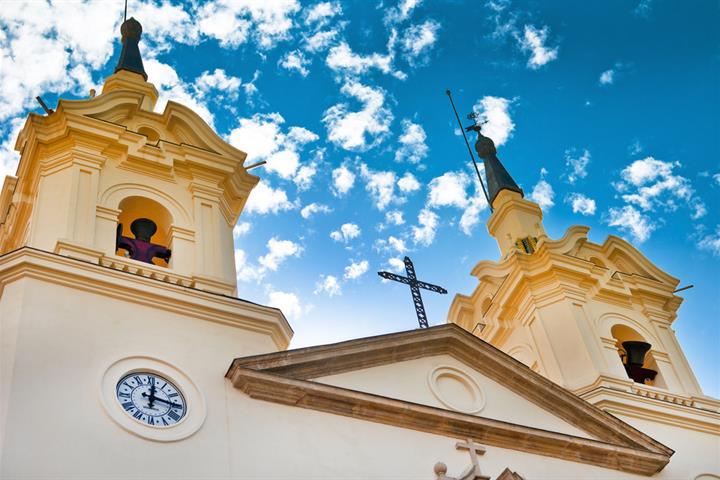Aguilas rejseinformation og video
Rejseinformation, fakta, billeder og video om Aguilas
Udvalgte ferieboliger i Murcia provins
Hvad skal du lave i ferien?
Anmeldelser af Aguilas
Gennemsnit af vurderinger - Baseret på 24 anmeldelser.
By
Kyst
| By: | |
| Kyst: |
Sendt af: Suzan Halsey
5. apr 2019
Denne anmeldelse er på engelsk
Denne anmeldelse er på engelsk
Anmeld misbrug
Du har anmeldt misbrug
| By: | |
| Kyst: |
Sendt af: mrs josephine pearson
28. sep 2018
Denne anmeldelse er på engelsk
Denne anmeldelse er på engelsk
Anmeld misbrug
Du har anmeldt misbrug
| By: | |
| Kyst: |
Sendt af: María Luisa García
26. aug 2018
Denne anmeldelse er på engelsk
Denne anmeldelse er på engelsk
Anmeld misbrug
Du har anmeldt misbrug
| By: | |
| Kyst: |
Sendt af: Thierry Caparros
6. jun 2018
Denne anmeldelse er på spansk
Denne anmeldelse er på spansk
Anmeld misbrug
Du har anmeldt misbrug
| By: | |
| Kyst: |
Sendt af: Åke Brandt
1. apr 2018
Denne anmeldelse er på engelsk
Denne anmeldelse er på engelsk
Anmeld misbrug
Du har anmeldt misbrug
| By: | |
| Kyst: |
Sendt af: josephine pearson
30. sep 2017
Denne anmeldelse er på engelsk
Denne anmeldelse er på engelsk
Anmeld misbrug
Du har anmeldt misbrug
| By: | |
| Kyst: |
Sendt af: Joses Angel
27. aug 2017
Denne anmeldelse er på engelsk
Denne anmeldelse er på engelsk
Anmeld misbrug
Du har anmeldt misbrug
| By: | |
| Kyst: |
Sendt af: Stéphanie genin
24. aug 2017
Denne anmeldelse er på engelsk
Denne anmeldelse er på engelsk
Anmeld misbrug
Du har anmeldt misbrug
| By: | |
| Kyst: |
Sendt af: Hamed MAHDJOUB
15. aug 2017
Denne anmeldelse er på fransk
Denne anmeldelse er på fransk
Anmeld misbrug
Du har anmeldt misbrug
| By: | |
| Kyst: |
Sendt af: ARNAUD Marie-Claire
5. aug 2017
Denne anmeldelse er på fransk
Denne anmeldelse er på fransk
Anmeld misbrug
Du har anmeldt misbrug
| By: | |
| Kyst: |
Sendt af: Valerie Payne
22. maj 2017
Denne anmeldelse er på engelsk
Denne anmeldelse er på engelsk
Anmeld misbrug
Du har anmeldt misbrug
| By: | |
| Kyst: |
Sendt af: Gab Kiess
26. mar 2017
Denne anmeldelse er på engelsk
Denne anmeldelse er på engelsk
Anmeld misbrug
Du har anmeldt misbrug
| By: | |
| Kyst: |
Sendt af: George Pixley
2. jan 2017
Denne anmeldelse er på engelsk
Denne anmeldelse er på engelsk
Anmeld misbrug
Du har anmeldt misbrug
| By: | |
| Kyst: |
Sendt af: Ivana Ciarla
12. sep 2016
Denne anmeldelse er på engelsk
Denne anmeldelse er på engelsk
Anmeld misbrug
Du har anmeldt misbrug
| By: | |
| Kyst: |
Sendt af: Ray Watkins
28. aug 2016
Denne anmeldelse er på engelsk
Denne anmeldelse er på engelsk
Anmeld misbrug
Du har anmeldt misbrug
| By: | |
| Kyst: |
Sendt af: ARNAUD Marie-Claire
1. aug 2016
Denne anmeldelse er på fransk
Denne anmeldelse er på fransk
Anmeld misbrug
Du har anmeldt misbrug
| By: | |
| Kyst: |
Sendt af: Stephanie Guse
18. jul 2016
Denne anmeldelse er på spansk
Denne anmeldelse er på spansk
Anmeld misbrug
Du har anmeldt misbrug
| By: | |
| Kyst: |
Sendt af: René de Vos
15. apr 2016
Denne anmeldelse er på hollandsk
Denne anmeldelse er på hollandsk
Anmeld misbrug
Du har anmeldt misbrug
| By: | |
| Kyst: |
Sendt af: jon armstrong
8. apr 2016
Denne anmeldelse er på engelsk
Denne anmeldelse er på engelsk
Anmeld misbrug
Du har anmeldt misbrug
| By: | |
| Kyst: |
Sendt af: Joel Jameson
16. feb 2016
Denne anmeldelse er på engelsk
Denne anmeldelse er på engelsk
Anmeld misbrug
Du har anmeldt misbrug






